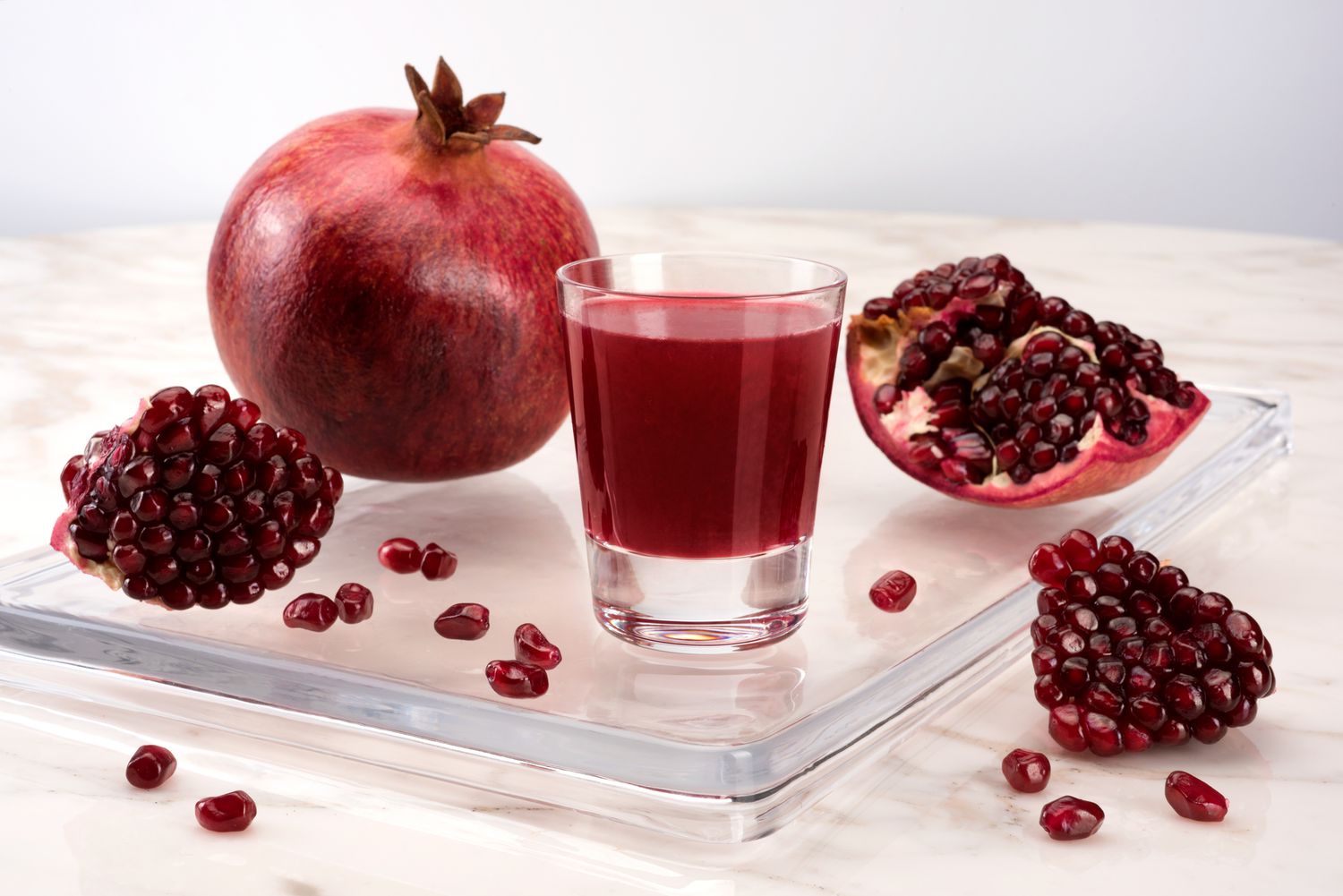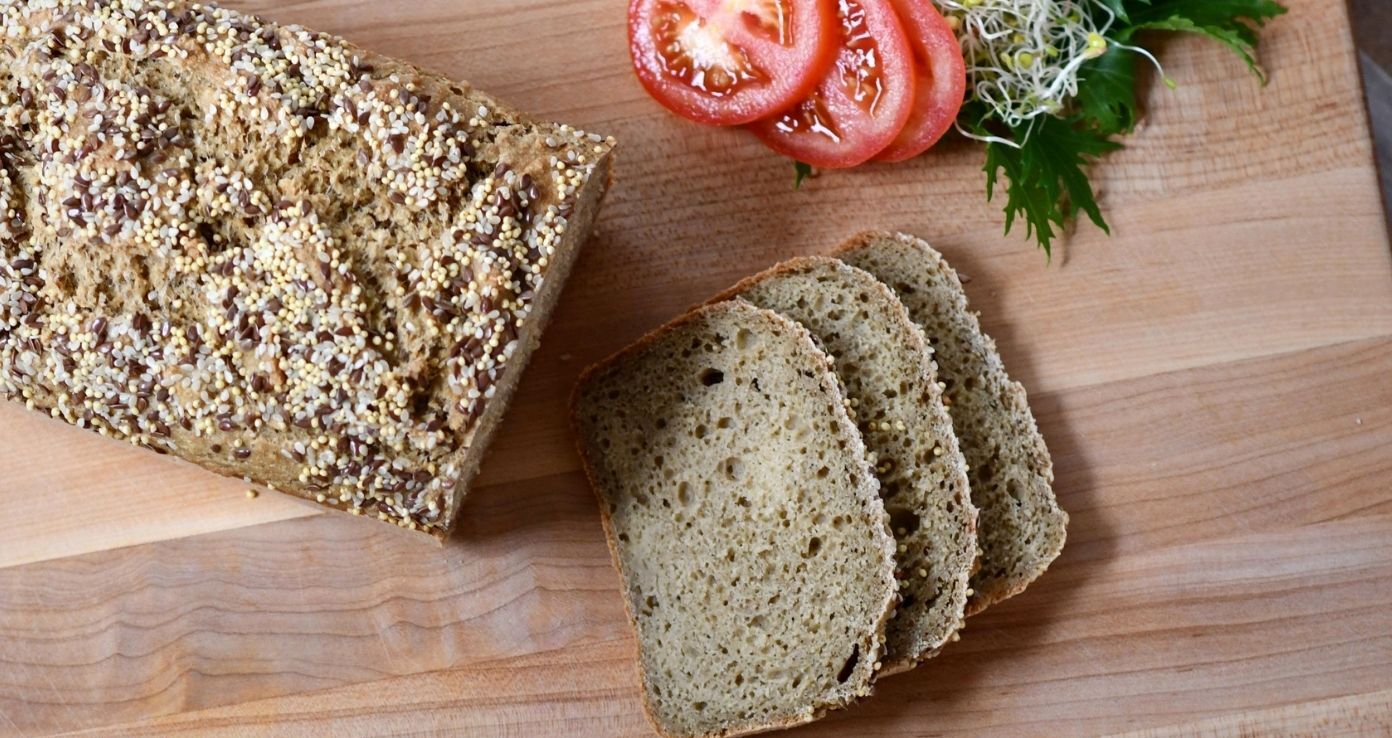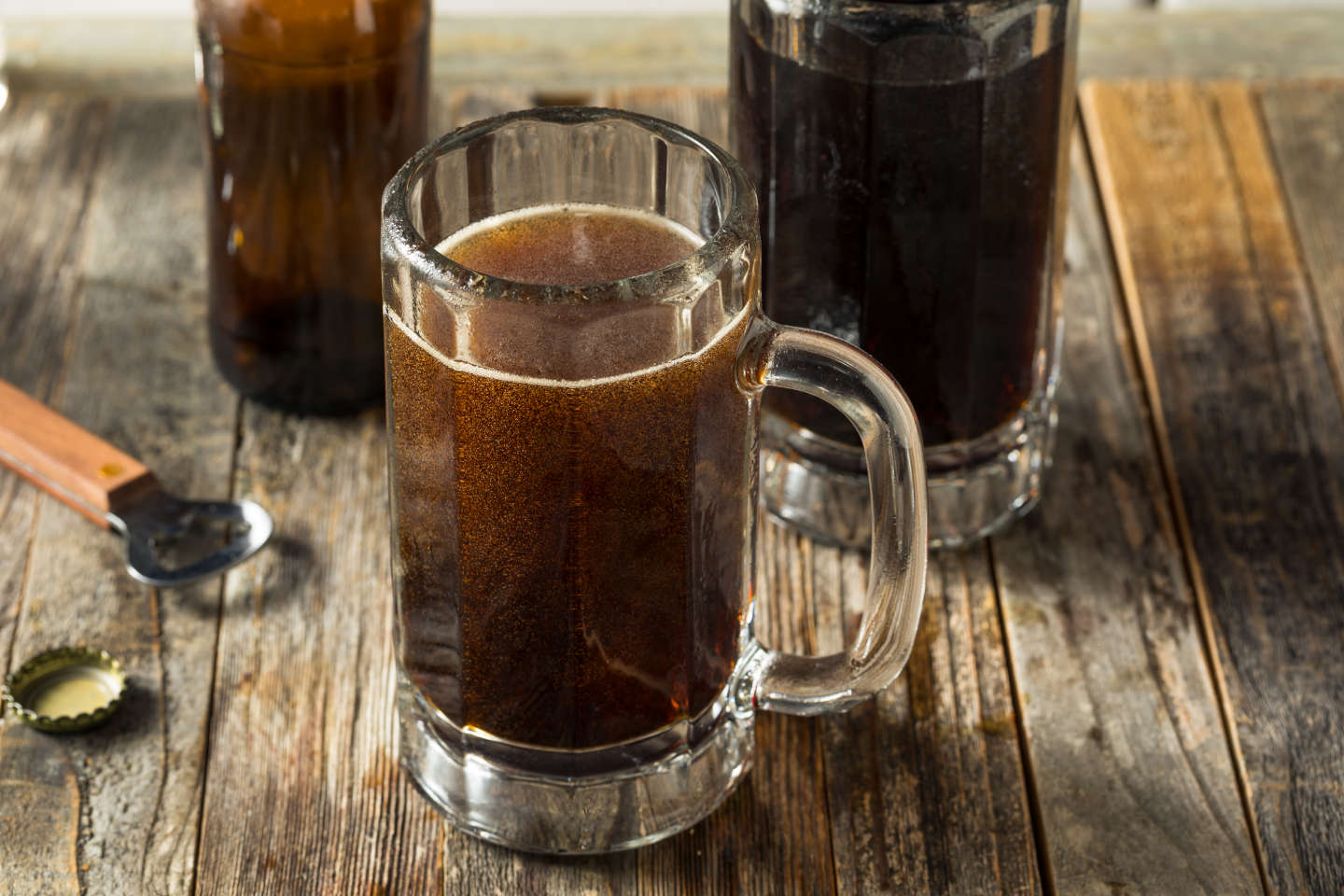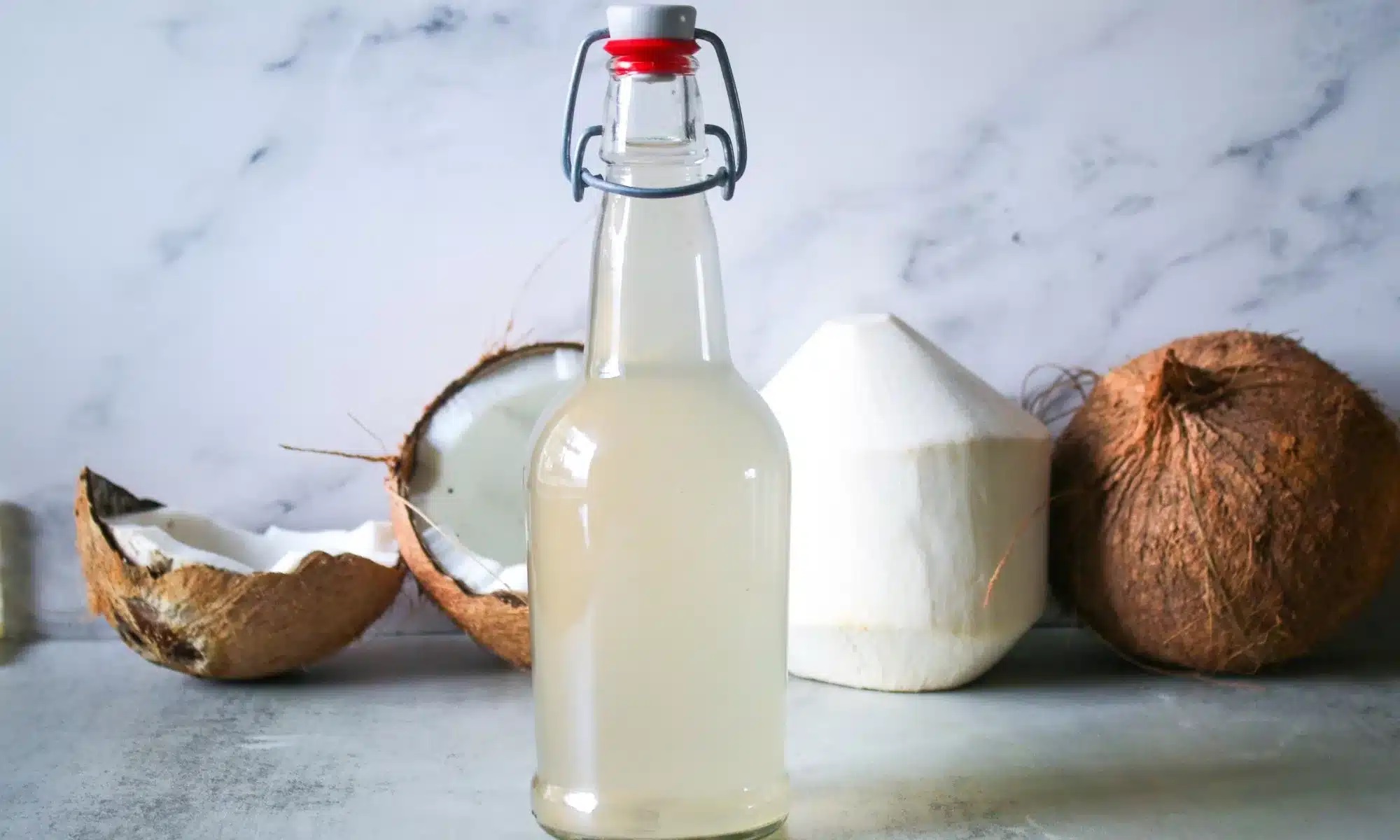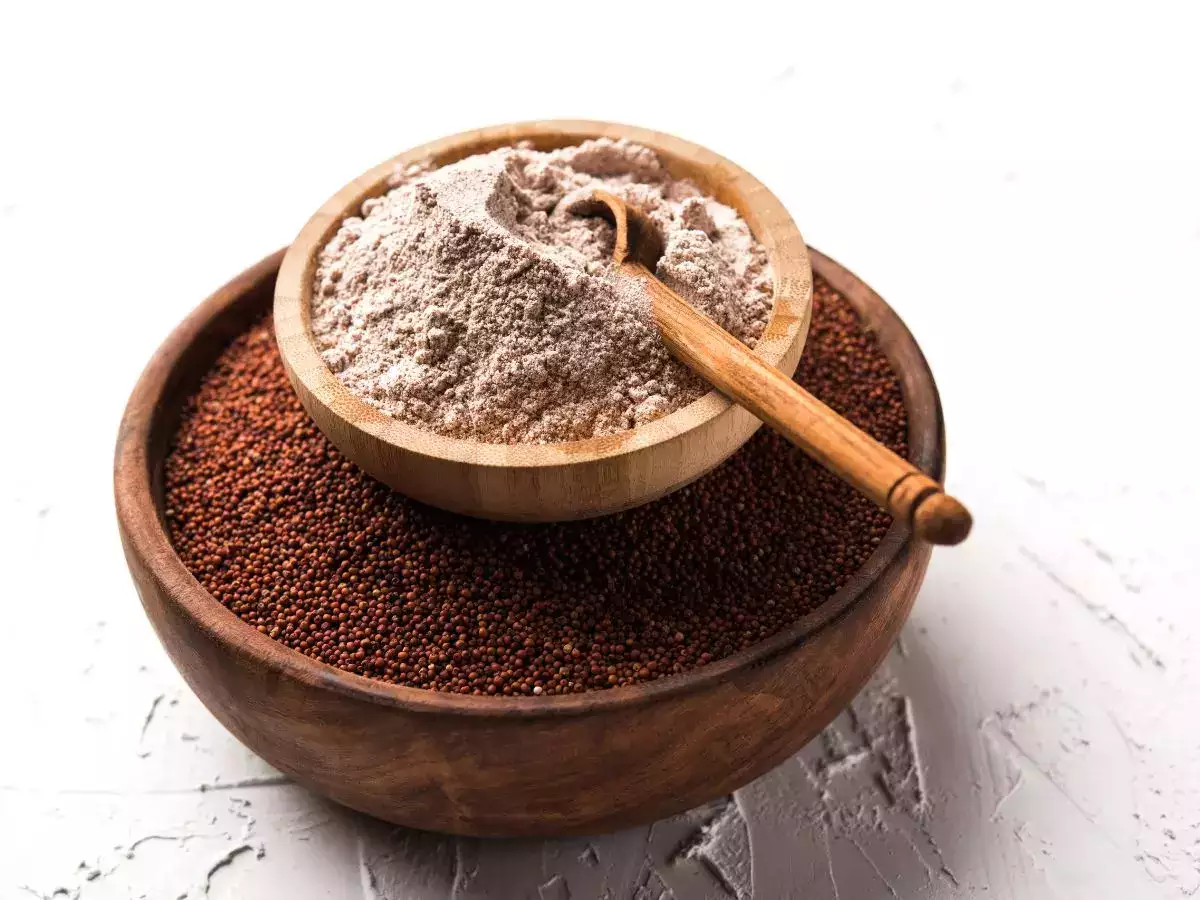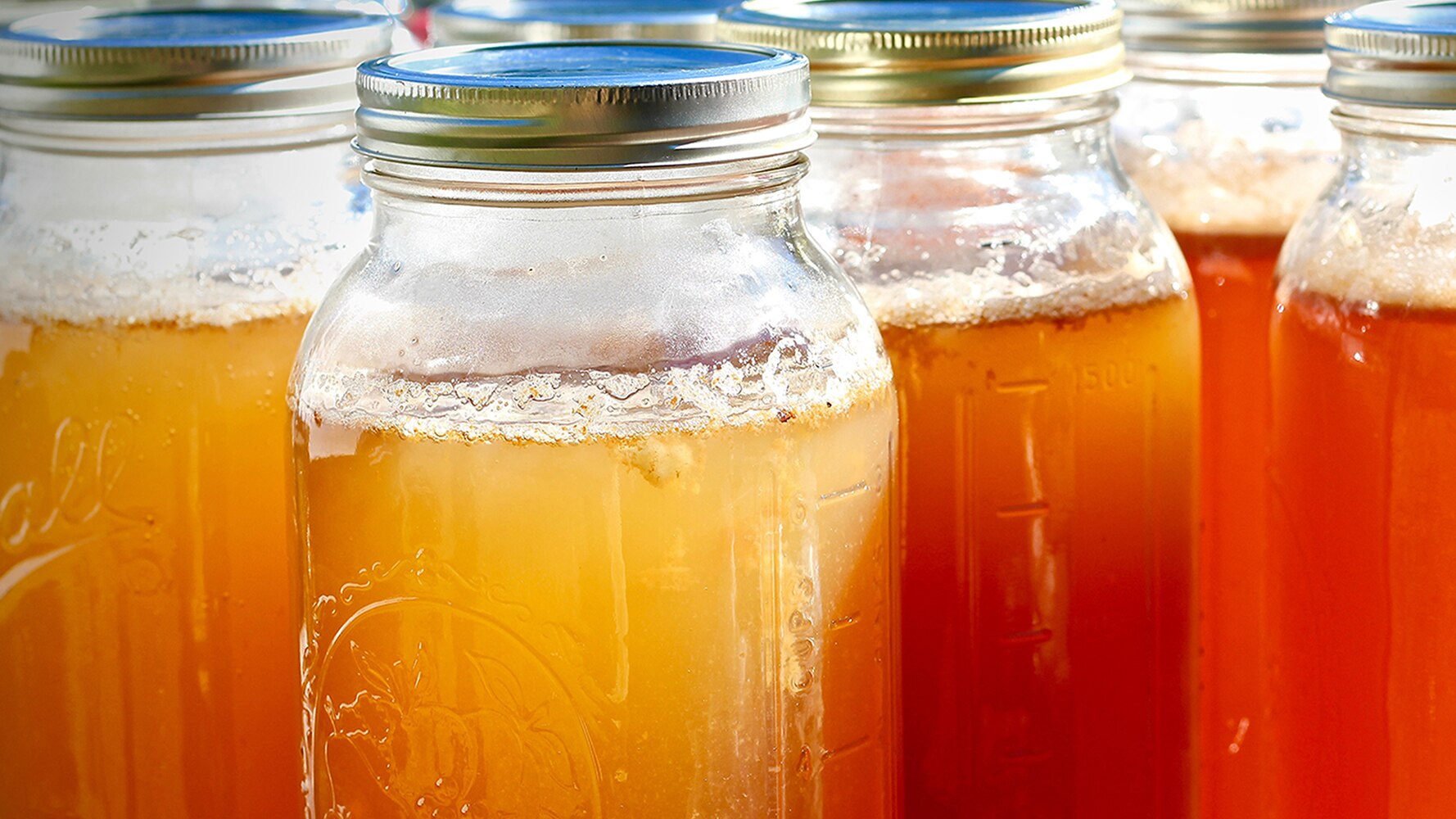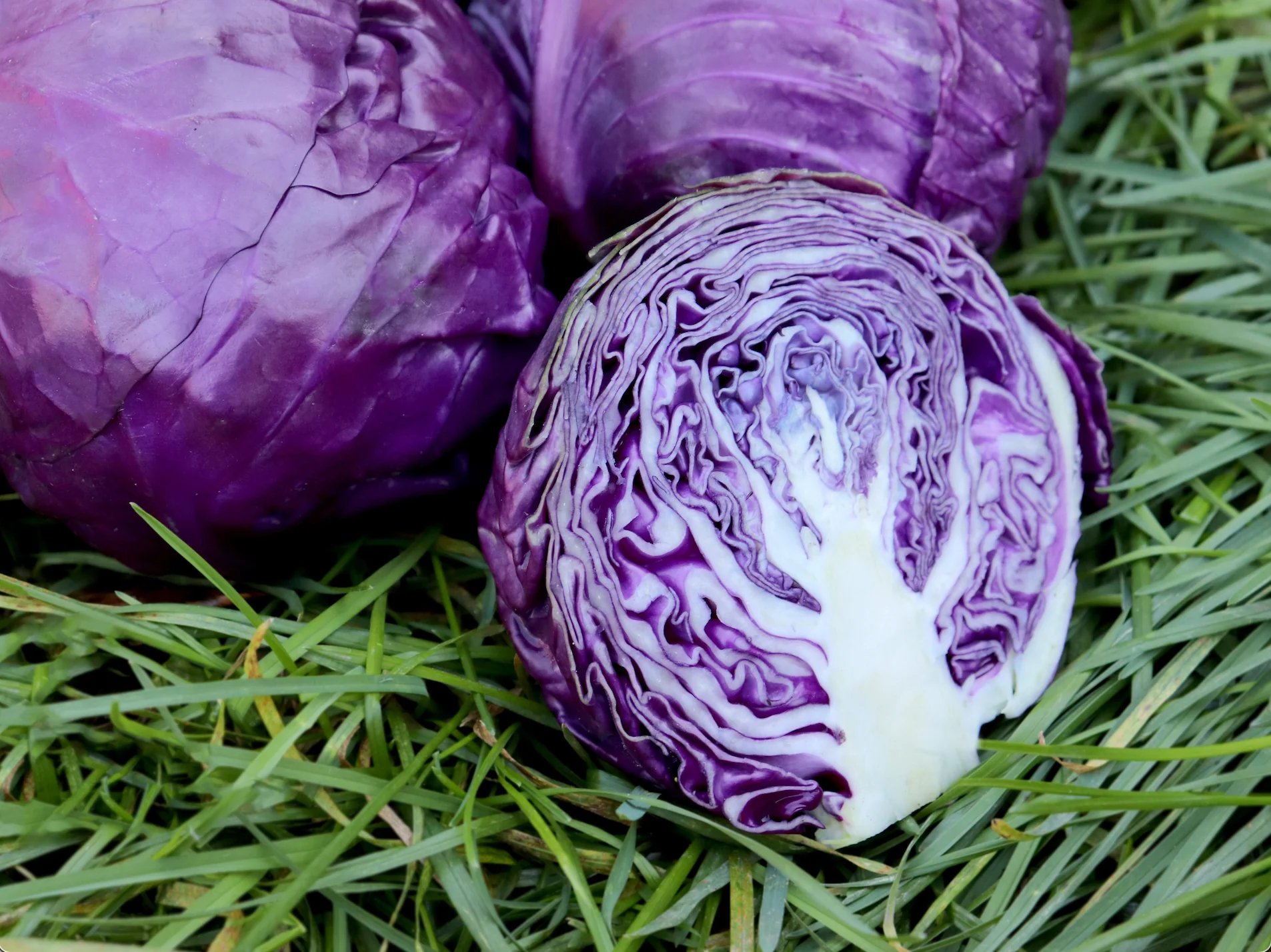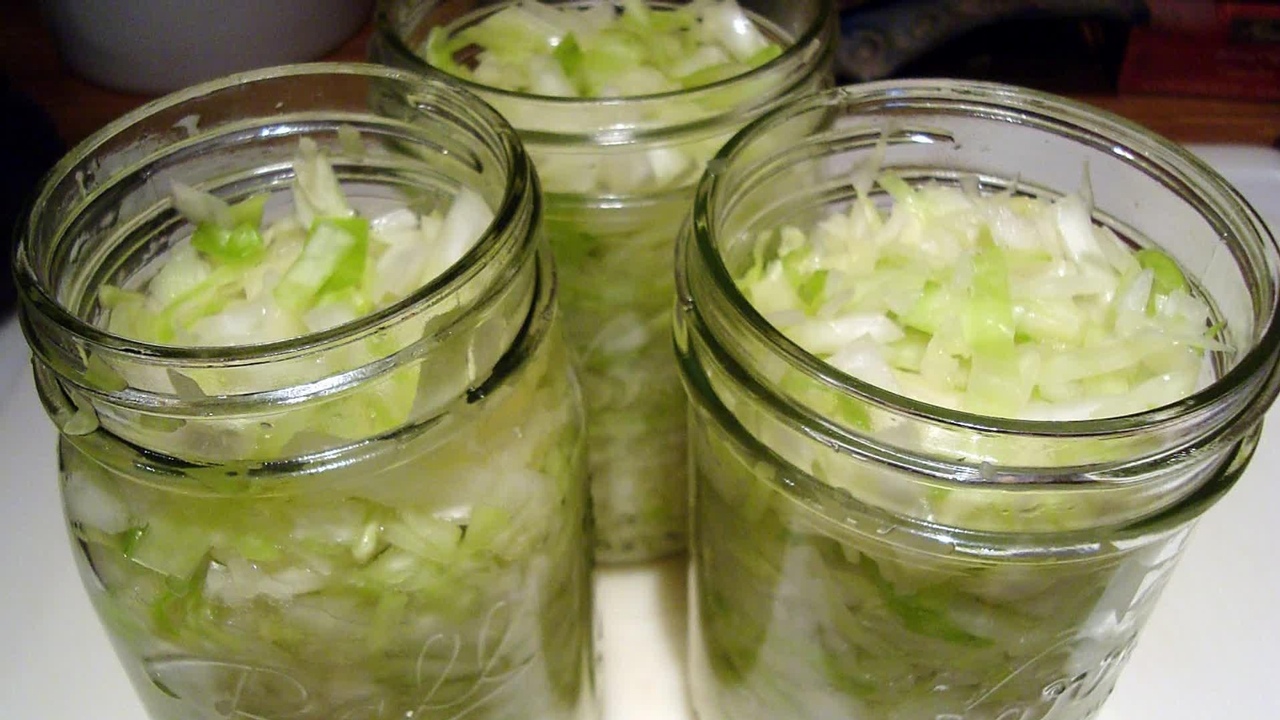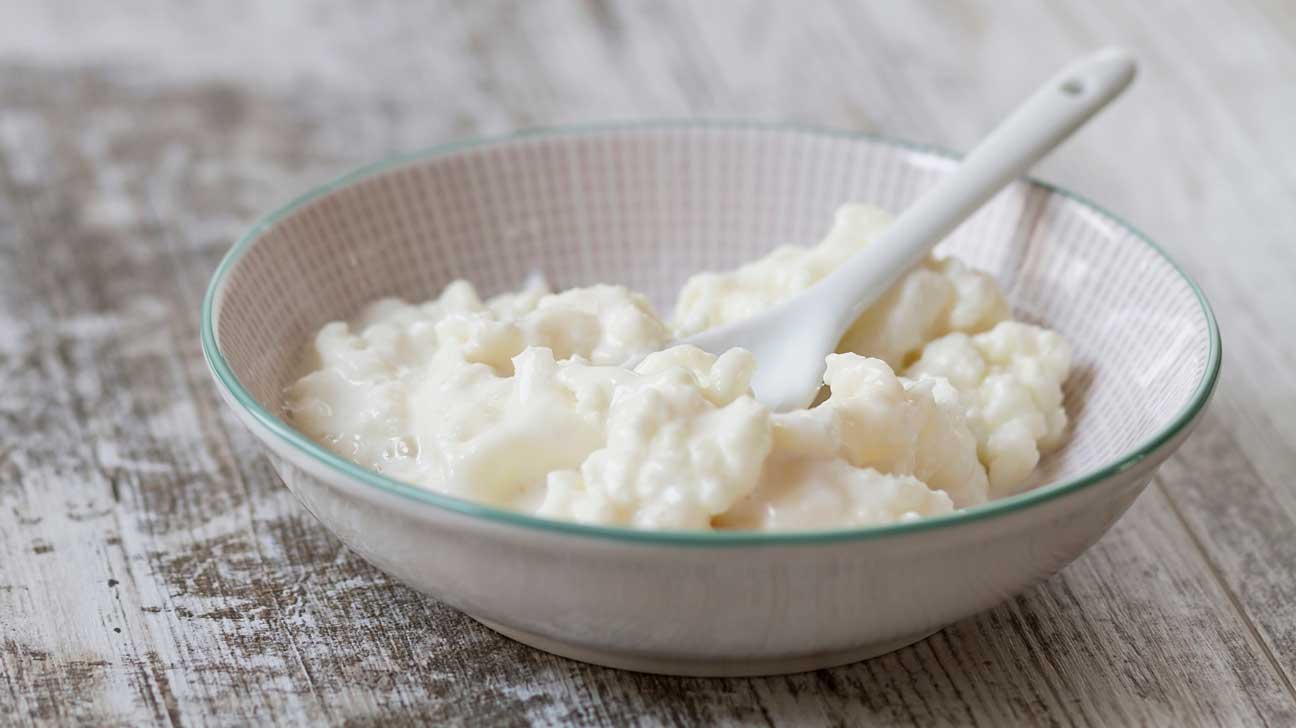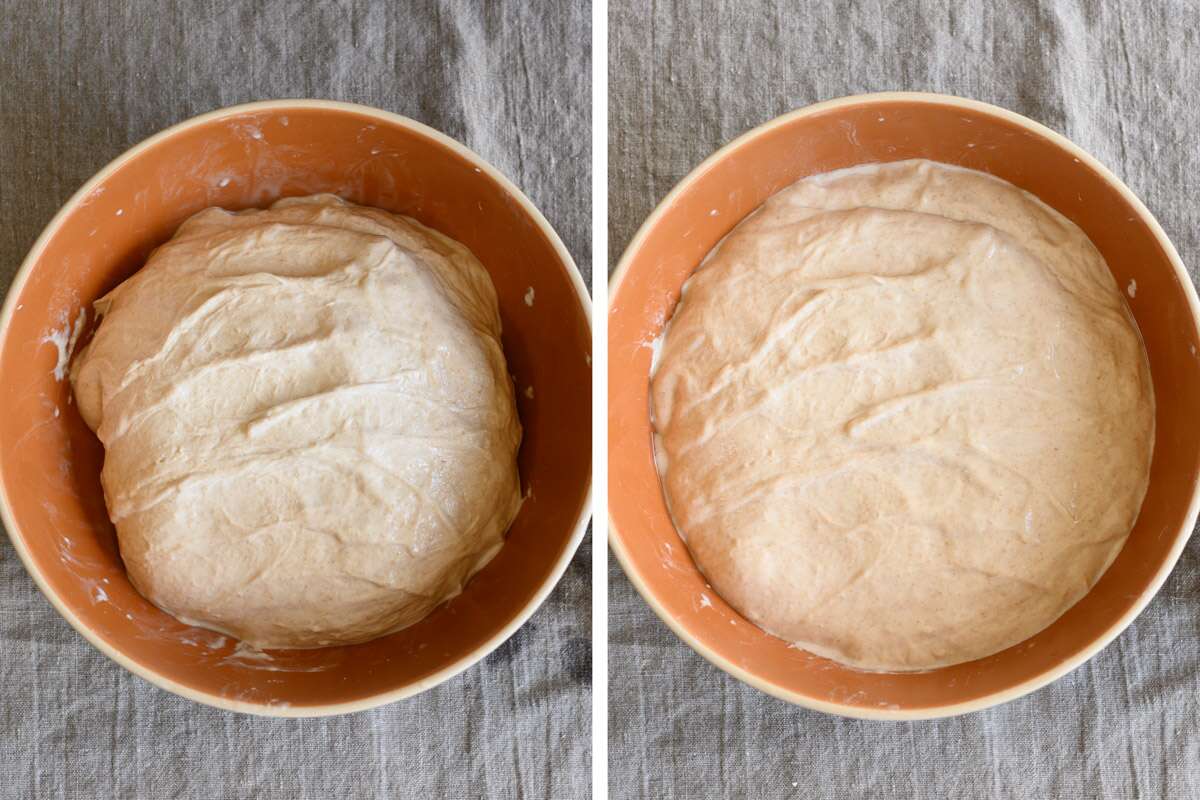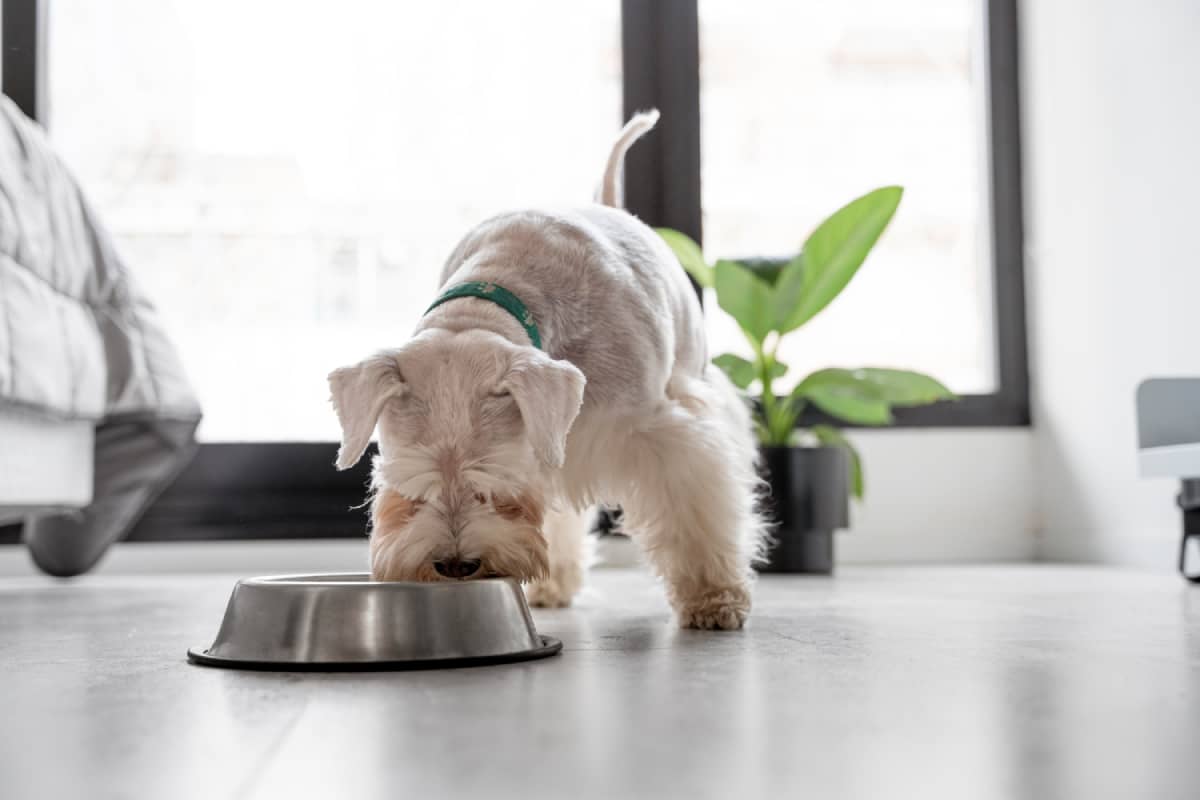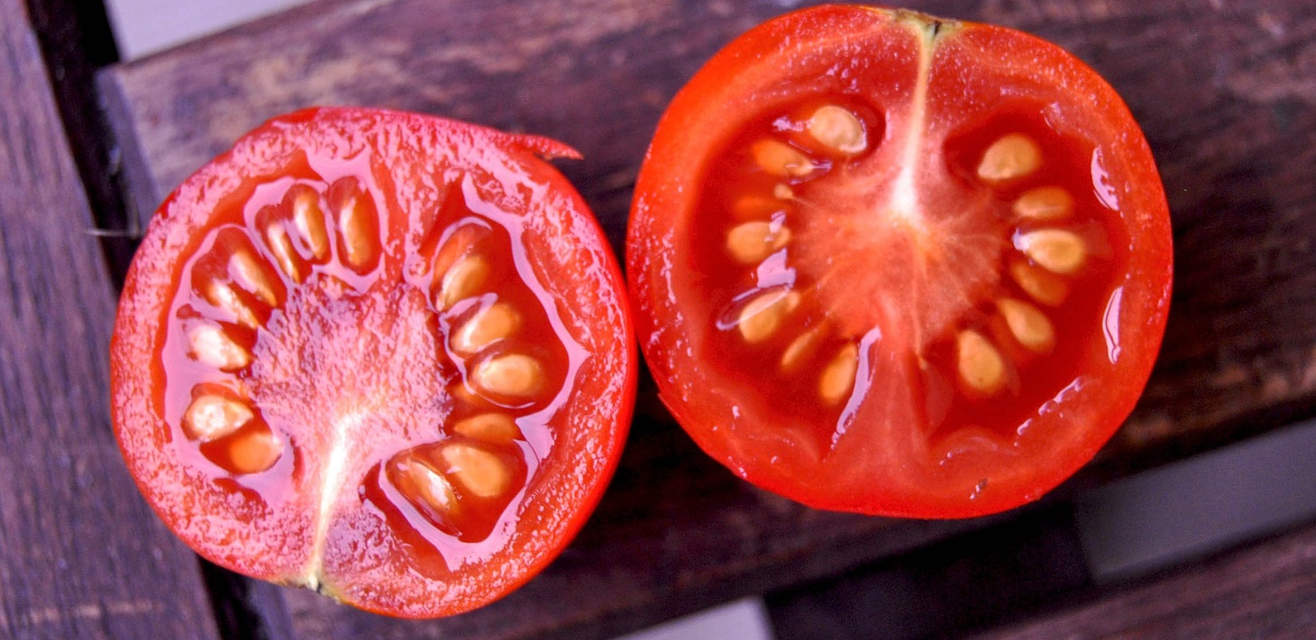Fermenting bell peppers is a great way to preserve their fresh flavor and add a tangy kick to your dishes. This ancient preservation method not only extends the shelf life of bell peppers but also enhances their nutritional value by introducing beneficial probiotics. If you're new to fermenting vegetables, don't worry! This simple guide will walk you through the process of fermenting bell peppers at home.
Why Ferment Bell Peppers?
Fermentation is a natural process that involves the breakdown of sugars by bacteria and yeast. When it comes to bell peppers, fermenting them not only prolongs their shelf life but also increases their levels of vitamins and minerals. The fermentation process also creates beneficial enzymes and probiotics, which can aid in digestion and support gut health.
What You'll Need
Before you start fermenting bell peppers, gather the following supplies:
- Bell peppers
- Sea salt
- Filtered water
- A wide-mouthed glass jar
- A fermentation weight or small jar to fit inside the wide-mouthed jar
- A clean cloth or coffee filter
- A rubber band
The Fermentation Process
Now that you have all your supplies, it's time to start fermenting your bell peppers. Follow these simple steps:
- Wash the bell peppers thoroughly and remove the stems and seeds.
- Cut the bell peppers into strips or cubes, depending on your preference.
- Prepare a brine by dissolving 1 tablespoon of sea salt in 2 cups of filtered water.
- Place the bell pepper pieces into the glass jar and pour the brine over them, ensuring they are fully submerged.
- Place a fermentation weight or small jar on top of the bell peppers to keep them submerged in the brine.
- Cover the jar with a clean cloth or coffee filter and secure it with a rubber band to keep out insects and debris.
- Store the jar in a cool, dark place, away from direct sunlight, and allow the bell peppers to ferment for 1-2 weeks, depending on your desired level of tanginess.
- Check the jar every few days to ensure the bell peppers remain submerged and to skim off any foam or scum that may form on the surface.
Enjoying Your Fermented Bell Peppers
Once your bell peppers have reached your desired level of fermentation, it's time to enjoy the tangy, flavorful results. You can use your fermented bell peppers in a variety of ways, such as:
- Adding them to salads for a burst of flavor
- Topping pizzas or sandwiches with them
- Blending them into a zesty dip or sauce
- Pairing them with cheese and crackers for a delicious snack
Storing Your Fermented Bell Peppers
After fermenting your bell peppers, transfer them to a clean, airtight container and store them in the refrigerator to slow down the fermentation process. Properly stored, fermented bell peppers can last for several months, allowing you to enjoy their unique flavor and health benefits over time.
In Conclusion
Fermenting bell peppers at home is a simple and rewarding way to preserve their fresh flavor while unlocking their nutritional potential. By following this guide and experimenting with different flavors and seasonings, you can create a delicious and versatile condiment that adds a zesty kick to your favorite dishes. So, roll up your sleeves, grab some bell peppers, and get ready to embark on a flavorful fermentation journey!
Was this page helpful?
Read Next: How To Ferment Green Jalapeno Pepper Sauce
